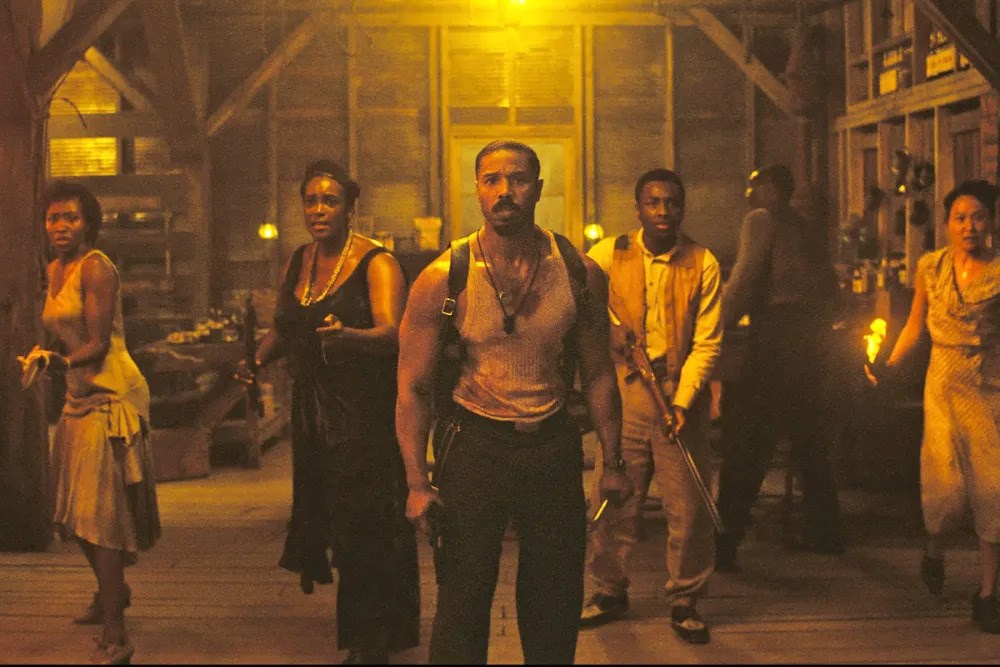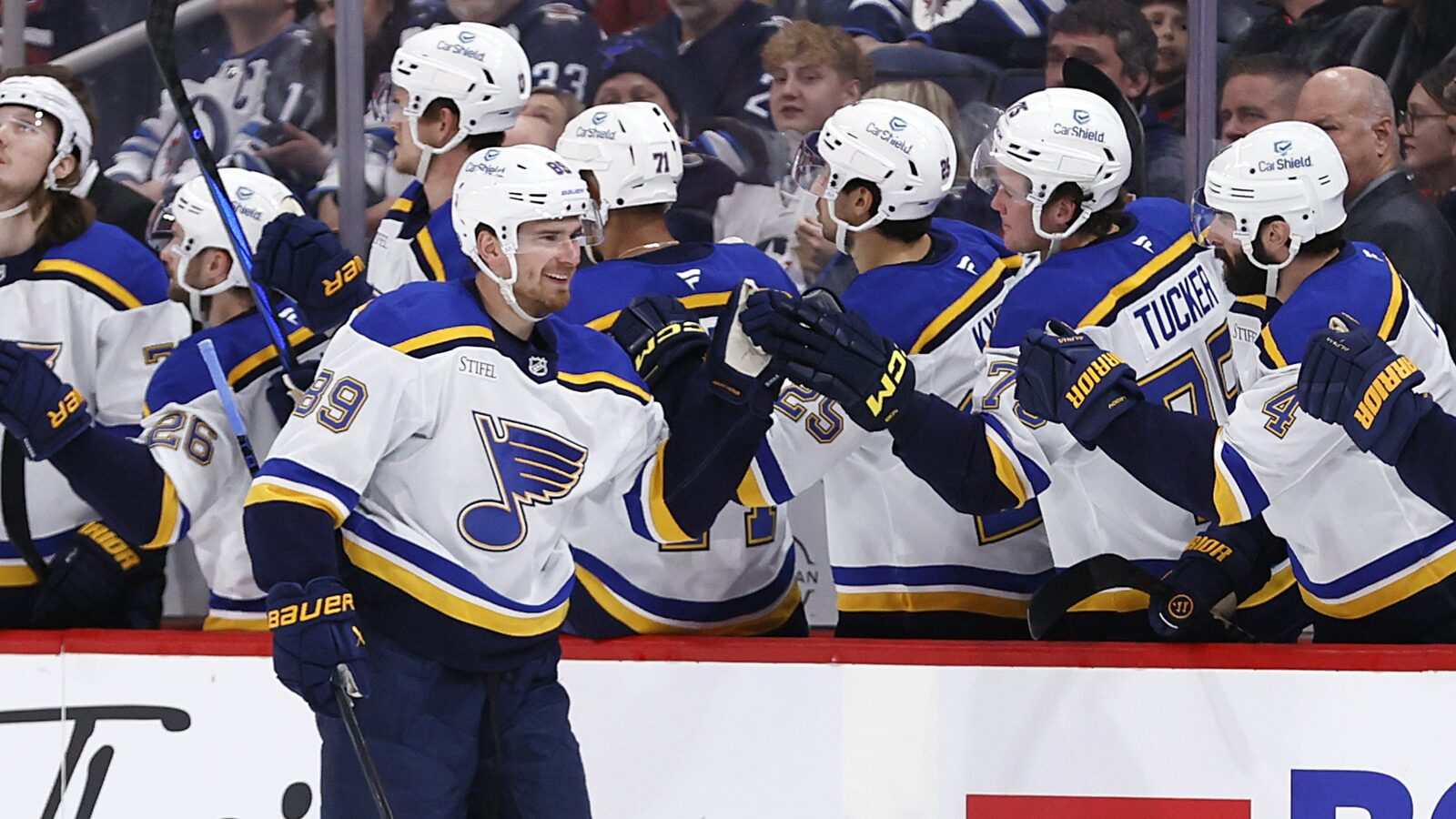All of the Who’s Drummers: From Keith Moon to Zak Starkey and Beyond

The Who played an odd game of “meet the new drummer, same as the old drummer” this past week when they parted ways with longtime band member Zak Starkey (“They have nothing but admiration for him and wish him the very best for his future,” a statement read),” only to reverse the decision three days later (“There have been some communication issues, personal and private on all sides, that needed to be dealt with, and these have been aired happily”). For a few days, it seemed like the Who were in the market for a new drummer. That would hardly have been a new position for Pete Townshend and Roger Daltrey, considering the myriad lineup changes the band has been through over the past 64 years. Some of their drummers lasted for years, while others were merely subbing for a few months, days, or even just a few songs, like at a 1973 San Francisco show when Keith Moon mixed ketamine pills with brandy and lost consciousness. Here, we assemble the (for now) complete list of every drummer who has played with the Who, from their earliest days as the Detours in 1961 all the way through the present. (Note: We’re only counting drummers who played actual gigs with the band. Great drummers like Peter Huntington, Joey Waronker, Carla Azar, and Matt Chamberlain have all played with the Who in the studio at various points, but we’re focused on the live stage.) Harry Wilson (1961 – 1962) The roots of the Who go all the way back to the late Fifties when Roger Daltrey formed a skiffle group called the Detours with his schoolmates, including longtime best friend Harry Wilson on drums. John Entwistle joined on bass in 1961, and he invited in his buddy Pete Townshend to play guitar the following year. In August 1962, Wilson went on a holiday, and the group invited bricklayer Doug Sandom to temporarily join them, even though he was in his early thirties, and they were still teenagers. “Doug was better for us than Harry, my best mate since the first day of school,” Daltrey wrote in his autobiography, Thanks a Lot Mr. Kibblewhite: My Story. “I felt bad for Harry, but the band had to come first.” Wilson didn’t harbor any bitterness and maintained a close friendship with Daltrey that lasts to this day. When his music career ended prematurely, he became a set decorator that worked on Mr. Bean, The Benny Hill Show, and even the James Bond movie The World Is Not Enough. Unfortunately, no recordings exist of his time in the Detours. Doug Sandom (1962 – 1964) Once Sandom joined the Detours, they slowly gained an audience around London and began writing their own songs. They changed their name to Who in 1964 after learning of another group called Johnny Devlin and the Detours. (For a few months in 1964, they billed themselves as the High Numbers Band before changing back to the Who. It’s confusing…) But Sandom had more differences with his bandmates than the enormous age gap. “I didn’t understand [Townshend] and he didn’t understand me,” Sandom told Pretend You’re in a War: The Who & The Sixties writer Mark Blake. “He was an art student. I was a bricklayer. He and I were so different but when he got onstage, I loved what he did.” Sandom’s time in the group ended in April 1964 when Chris Parmeinter, an A&R rep for Fontana Records, told the group he wouldn’t sign them with Sandom on drums. “Seeing our chance at a record deal fading I cold-bloodedly told the band that Doug would stand down,” Townshend wrote in his memoir, Who I Am. “Doug was deeply hurt by this especially because, unknown to me, he had defended me against being thrown out of the band when another auditioning agent said I was gangly, noisy and ugly. Doug did stand down, with some dignity, so we got our break. It is one of the actions in my career I most regret. Doug had always been a friend and a mentor to me, not to mention he was the first person to get me drunk.” In 2014, Sandom published The Who Before the Who. Townshend penned the forward. Five years later, Sandom died at 89. “Doug took a while to forgive me, but did so in the end,” Townshend wrote on the Who’s website after news broke of his death, “and although I didn’t see much of him we remained friends. He would almost certainly have tried to visit with Roger and me at Wembley Stadium this year, and we will both miss seeing him.” (There are virtually no recordings from Sandom’s time in the Who, but you can hear a 30-second sample of him playing on an acetate of “It Was You” that surfaced a few years back.) Dave Golding (April 18, 1964 – April 30, 1964) The Who still had gigs on the books when they kicked out Sandom, so they recruited local drummer Dave Golding. “They were still a covers band,” Golding told Blake. “We did Shadows numbers and whatever the pop hits were of the day. Entwistle still used to take this French horn with him to the gigs, so sometimes they’d even do a few numbers that used brass. Pete was doing that windmill thing with his arm. I remember he was already doing that (laughing). But I was always aware I was a [fill-in]. There was no talk even from my point of view of joining the band.” Keith Moon (April 30, 1964 – Sept. 7, 1978) Rock history was made April 30, 1964, when the Who were playing a gig at the Oldfield Hotel in Greenford, England. “This kid comes up in the interval [between sets] and tells us his mate can play drums better than the session guy we had with us,” Daltrey wrote in his memoir, referring to Dave Golding. “And then forward steps Moonie, ginger-topped after a failed attempt to go Beach Boy blond. ‘Hello,’ he said, cocky little bugger.” The first song they played with him that night was Bo Diddley’s “Road Runner.” “Halfway through, he started to do his syncopations,” Daltrey wrote. “It’s all mathematics, isn’t it, drumming, but his mathematics were from another planet. And it gave springboards for John’s little bass guitar flicks and Pete’s power rhythm. It just took things up to the next level. The final gear.” They offered him the job that night, and the next 14 years were an extremely innovative and exciting time. You can read about them elsewhere. (Just don’t sleep on The Who By Numbers. It’s an overlooked classic.) But by 1978, Moon was in terrible health, and he attempted to kick his addiction to alcohol by taking Clomethiazole tablets. On the evening of Sept. 7, he took too many, overdosed, and died. When Led Zeppelin faced a similar situation a couple of years later, they decided to end the band, basically forever. But the Who had no interest in stopping. The only question was who in the world they could possibly find to replace Keith Moon. Scott Halpin (Nov. 20, 1973) Before we get into the Who’s post-Moon years, we need to pause and address the events of Nov. 20, 1973, at the Cow Palace near San Francisco, California. A little over an hour into the Who’s set that night, Moon slumped over his drum kit during “Won’t Get Fooled Again” due to the unfortunate side effects of mixing ketamine and brandy. The band’s roadies threw Moon into the shower and injected him with cortisone in an attempt to get him through the rest of the show, but he passed out again during the opening of “Magic Bus.” Instead of ending the show early, the band asked the crowd if anyone could play the drums. In the audience was 19-year-old Scot Halpin. He hadn’t touched the drums in a year, but he bravely volunteered and made his way to the stage, living out the dream of countless teenage rock fans. “I’m in complete shock,” Halpin told writer Sam Whiting in 1996. “Then I got really focused, and Townshend said to me, ‘I’m going to lead you. I’m going to cue you.’ I’m laying down the beat. They’re doing all their Live at Leeds kind of stuff, and then I don’t remember what happened. I guess I played a couple more songs. It was such a weird experience.” The vast majority of Who shows from the Seventies weren’t captured on film. Amazingly, this is one of the few that were preserved due to Bill Graham’s innovative in-house camera system. As you can see in this video, they played “Smokestack Lightning,” “Spoonful,” and “Naked Eye” with Halpin to end the show. Afterwards, he went backstage, where he says he witnessed Daltrey drinking Jack Daniel’s straight out of the bottle. He was told they’d pay him $1,000, but the check never came. Townshend did, however, track him down to send him a thank you note. In his later years, Halpin became an artist. He died in 2008. Kenney Jones (May 2, 1979 – Feb. 8, 1988; June 14, 2014) When the Faces broke up in 1975, the rock world stripped them for parts like a luxury car abandoned on the side of the road. The Rolling Stones hired guitarist Ron Wood as a full-time member, and brought keyboardist Ian McLagan on the road for the 1978 Some Girls tour. That same year, the Who hired Faces drummer Kenney Jones to replace Moon — a task as difficult as being asked to replace Michael Jordan on the Chicago Bulls. But the Who had a relationship with Jones going back to the Sixties, and he was buddies with Moon. They even played on the same kit one night when the Who and the Small Faces toured Australia in 1968. Jones played with the Who on 1981’s under-appreciated Face Dances and 1982’s underwhelming It’s Hard, along with several tours, wrapping up in December 1982 when the group’s farewell tour concluded. He joined them again at Live Aid in 1985, and the British Phonographic Industry awards in 1988. But Daltrey was never fully happy with his work. “I just felt that Keith was such an extraordinary drummer, to try and replace him was just ridiculous,” Daltrey recalled in 1994. “We just filled the gap and pushed it back into the same slot with a drummer who was quite obviously the completely wrong drummer. I’m not saying he’s a bad drummer. I’m not saying he’s a bad guy. I didn’t dislike the guy, but I just felt he wasn’t the right drummer for the Who. It’s like having a wheel off a Cadillac stuck onto a Rolls-Royce. It’s a great wheel but it’s the wrong one.” When the Who reunited in 1989, Jones wasn’t invited back. He wouldn’t play with Townshend and Daltrey again until June 14, 2014 when they joined him at a cancer benefit at the Hurtwood Park Polo Club in Surrey, England. Despite being let go, Jones has no hard feelings. “As far as I’m concerned there’s only one drummer for the Who, and that’s Keith Moon and always will be,” he told Vulture in 2021. “I’m very fortunate to have been a full member of the Who, an equal member of the Who. No one else has gotten that privilege. Not to this day. So I’m happy with it.” Simon Phillips (June 21, 1989 to Nov. 2, 1989; June 6, 2000) Just seven years after their farewell tour, the Who did the inevitable and returned to the road. Townshend had been working with veteran rock drummer Simon Phillips for a decade at that point in various solo projects, and he invited him to join as their new drummer. “He came in one and said, ‘How would you like to play with the Who?,'” Phillips recalled to Rolling Stone in 2021. “I went, ‘What about Kenney?’ I thought Kenney was still the drummer, and I like Kenney. He said, ‘Don’t worry about that. We’ll sort that out. Roger and Kenney have had their fill of each other. We’d love you to come play.’ I said, ‘Wow, I’d love to.'” This was a new incarnation of the band with a small army of musicians onstage, and Townshend sticking to acoustic guitar all night. “It was Pete’s way of disguising the fact that it was the Who,” Phillips said. “When we did Deep End [tour of 1985], he loved having a big band. He loved the brass section. He loved the singers, the percussionists. I think for him, it was just a lot more fun. I felt it was a little overkill on some of the songs, very exciting on other songs, and socially great. We had a great time.” Three years later, Phillips joined Toto. But he was called back into Who duty on June 6, 2000, for a charity show at the Javits Center in New York when Zak Starkey had a prior commitment to Johnny Marr and the Healers. “That was actually one of my sweetest moments with that band,” he said. “First of all, it was a five-piece, so it really was the Who, which was lovely. It was quite interesting because I had to start a Toto tour in Scandinavia the next day.” Zak Starkey (June 29, 1996 – April 16, 2025; April 19th, 2025 – Present) Simon Phillips was busy with Toto when the Who reunited in 1996. But just a couple of years earlier, Daltrey took Zak Starkey on the road for a solo tour and was extremely impressed by his work. As the son of Ringo Starr, Starkey grew up around Moon in the Seventies, and even took a few drum lessons from him. He was also a huge fan of the Who and knew their catalog forwards and backwards. He fit perfectly into the band for the 1996 Quadrophenia tour, and it earned him a long-term spot for the next three decades. “Obviously, no one can make up for the personality of Moon,” Daltrey told The Sacramento Bee in 2000. “But if you shut your eyes, [Starkey] can almost be Keith. And I wouldn’t ever attempt to say that Zak is as good as Keith, but Zak knits the band together in the same way Keith did. It’s really working fabulously. He’s very dangerous, he’s not just a copy [of Moon] at all.” By the time the Who reconvened for the annual Teenage Cancer Trust shows in March, there was every reason to believe that Starkey would remain their drummer until the end. He’d been in the group for 29 years at that point, which is slightly double the amount of time that Moon logged. But there were some issues at the shows. “Maybe we didn’t put enough time into sound checks, giving us problems on stage,” Townshend wrote to fans. “The sound in the centre of the stage is always the most difficult to work with. Roger did nothing wrong but fiddle with his in-ear monitors. Zak made a few mistakes and he has apologized.” On April 16, the band announced that Zak had been let go. “After playing those songs with the band for so many decades, I’m surprised and saddened anyone would have an issue with my performance that night,” the drummer said in a public statement. “But what can you do?” Three days later, the Who brought him back. “We are a family, this blew up very quickly and got too much oxygen,” Townshend wrote. “It’s over. We move forward now with optimism and fire in our bellies.” Steve White (July 2, 2005) In 2004, Oasis hired Starkey to replace outgoing drummer Alan White. Starkey pledged to remain with the Who the entire time, even if he had to miss most of the sessions for Endless Wire. (Peter Huntington handled nearly all the drum parts on the album.) During Starkey’s time in Oasis, the Who only hit the road when they were taking breaks. But they didn’t want to turn down an invitation to play Live 8 on July 2, 2005, even though Oasis were playing a show in Manchester that night. (Bassist Pino Palladino also had a prior commitment.) To get through the show, they borrowed bassist Damon Minchella and drummer Steve White from Paul Weller’s band. Their time in the band lasted just as long as it takes to play “Who Are You” and “Won’t Get Fooled Again,” but it counts. Scott Devours (Feb. 5 to Feb. 14, 2013; June 8 to July 8, 2013) When the Who launched a North American tour in early 2013, Starkey was dealing with a painful tendon condition that made it nearly impossible for him to play drums. At the last minute, the band asked Scott Devours from Daltrey’s solo band to fill in. “The amount of intensity playing with the Who is pedal to the floor for almost three hours,” Devours told writer Sander Roscoe Wolff. “For me, it is the most difficult drumming gig imaginable. Be careful what you wish for. No chill moment.” Devours remains the drummer in Daltrey’s solo band to this day, and was mentioned as a likely replacement for Starkey when news hit of his departure. “I owe Scott an apology for not crushing that rumour before it spread,” Townshend wrote. “He has been hurt by this. I promise to buy him a very long drink and give him a hug.”



















